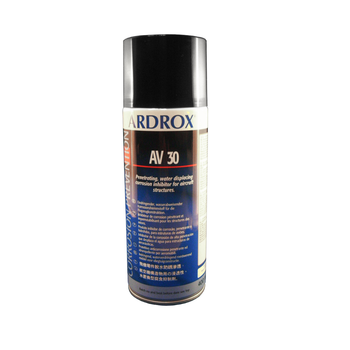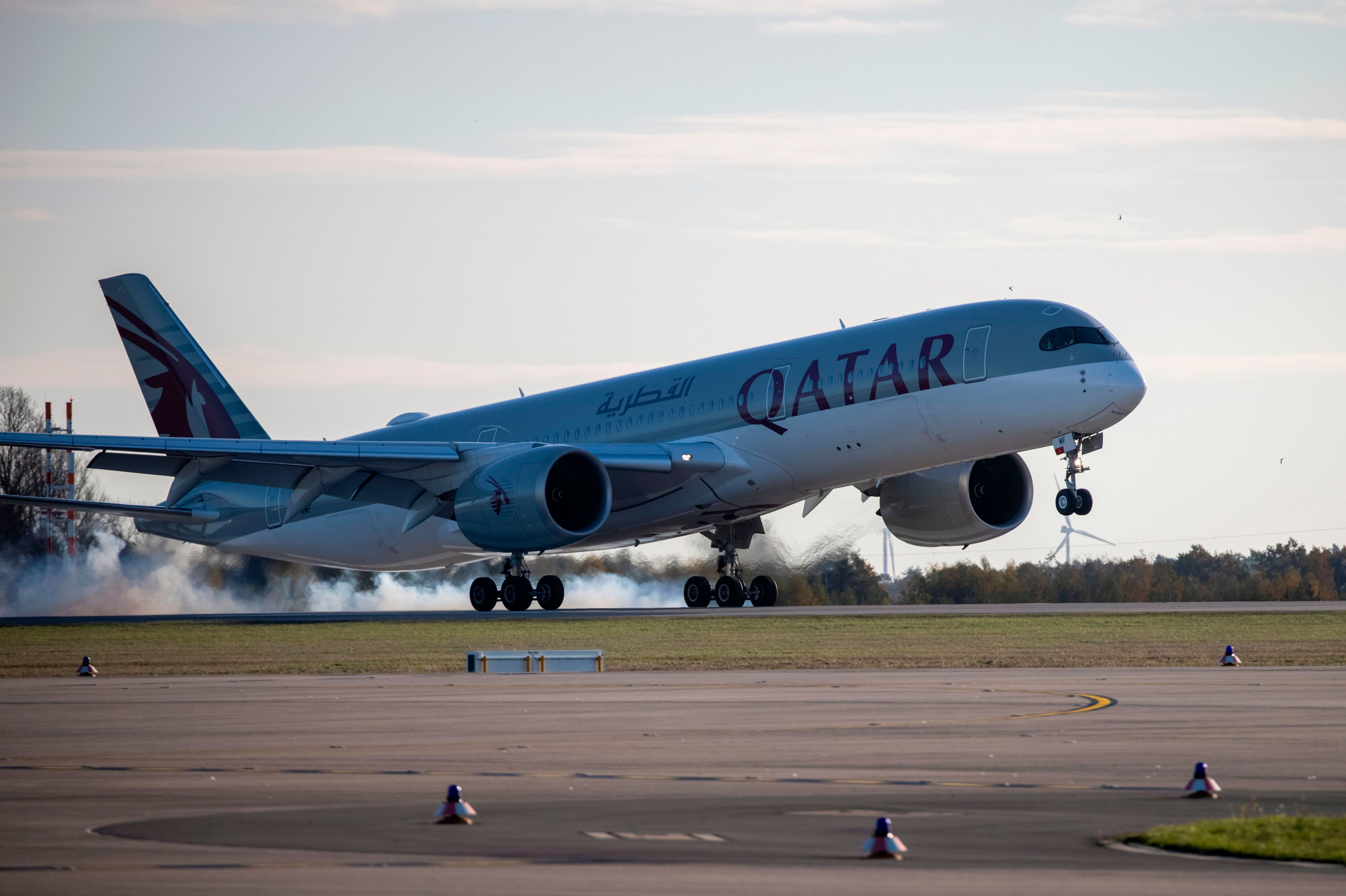I can't seem to find a whole lot about the makeup of it, and how it adheres so well. For example, I find it amazing that a beautifully painted, high performance private jet can takeoff from Phoenix in July when the temperature is 115F+. And in less than 30 minutes it can be cruising at 51,000 ft. where the outside temperature is -70F.
How does the paint take that kind of thermal torture? Not to mention the wind blast moving over it. Talk about "wind chill". Or even the military flat grey paints that have to deal with supersonic flight, along with the extreme heating. You rarely, if ever see peeling paint on these aircraft. How long does the paint hold up on these airplanes?
I saw a show on the XB-70 Valkyrie that was painted white before it's Mach 3 test flight. When it landed half the paint was missing from it. They later developed a paint that would stay on. How much are these aviation paints and finishes a gallon? They've got to be expensive. Just look at what good house paint costs these days.
An old retired friend of mine who worked for Lockheed at the "Skunkworks" said when the SR-71 came out, they had a very high ranking Air Force General arrive to inspect it with Kelly Johnson. He didn't like the fact the U.S. Flag was not painted on the tail.
Kelly Johnson explained to him they didn't have a colored paint that would stand up to the extreme temperatures the aircraft encountered. The General told him to "find one". They finally did, but it cost a fortune for 3M to develop it.
How does the paint take that kind of thermal torture? Not to mention the wind blast moving over it. Talk about "wind chill". Or even the military flat grey paints that have to deal with supersonic flight, along with the extreme heating. You rarely, if ever see peeling paint on these aircraft. How long does the paint hold up on these airplanes?
I saw a show on the XB-70 Valkyrie that was painted white before it's Mach 3 test flight. When it landed half the paint was missing from it. They later developed a paint that would stay on. How much are these aviation paints and finishes a gallon? They've got to be expensive. Just look at what good house paint costs these days.
An old retired friend of mine who worked for Lockheed at the "Skunkworks" said when the SR-71 came out, they had a very high ranking Air Force General arrive to inspect it with Kelly Johnson. He didn't like the fact the U.S. Flag was not painted on the tail.
Kelly Johnson explained to him they didn't have a colored paint that would stand up to the extreme temperatures the aircraft encountered. The General told him to "find one". They finally did, but it cost a fortune for 3M to develop it.






/cloudfront-us-east-2.images.arcpublishing.com/reuters/35UCWMIEOZLU5J6IX6S44EH3T4.jpg)